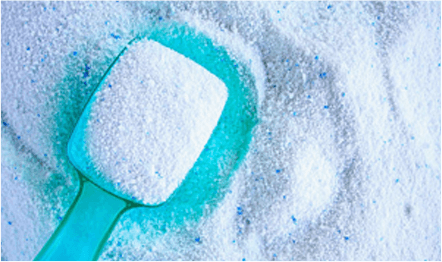Soda Ash Light
Soda Ash Light chemical formula is Na2CO3 (HS Code: 2836.20.00) and it is a white, odorless powder with applications spanning various industries. Primarily used in manufacturing, it’s a vital ingredient in glass production, detergent formulation, and papermaking. Its alkaline properties make it a key player in water treatment processes, like pH regulation and softening.
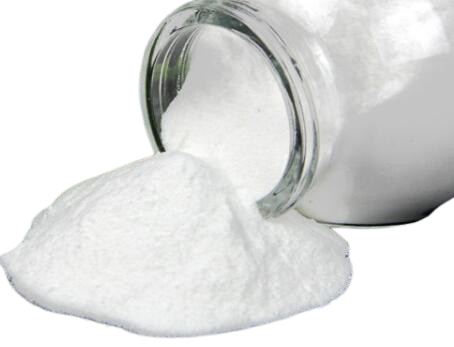
Soda Ash Light - Overview
Soda ash light, chemically sodium carbonate (both known as natural soda), mineral nacolite (called natural baking soda, which can produce soda), or one of several chemical processes it can be made by (called synthetic soda), and it is a versatile inorganic compound.
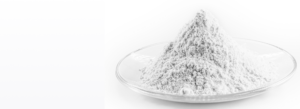
Soda Ash Light chemical formula is Na2CO3 (HS Code: 2836.20.00) and it is a white, odorless powder with applications spanning various industries. Primarily used in manufacturing, it's a vital ingredient in glass production, detergent formulation, and papermaking. Its alkaline properties make it a key player in water treatment processes, like pH regulation and softening. Furthermore, soda ash light finds utility in textile, chemical, and metallurgical processes. Its affordability and widespread utility have established it as a fundamental chemical compound with a significant impact on modern industrial and everyday applications.
There are four general categories of manufacturing processes currently in commercial use:
- Natural refined Soda Ash
- Carbonation of Caustic Soda
- By-products of Alumina production
- Synthetic production using salt, Carbon Dioxide, and Ammonia as raw materials
The first method is used for soda ash found in underground sediments and lakes in the United States and Kenya. In the second process, caustic soda (a byproduct of chlorine production) reacts with carbon dioxide to produce soda, but this process is not used for mass production because the supply of caustic soda is uncertain. Using a third process from Soviet times, alumina was recovered from bauxite, received as a by-product of soda. Using this method, the Soviet Union produces 500,000 tonnes of soda annually. And the fourth method is widely known as the most widely used soda synthesis process, there are four methods.
- Solvay Process
- Hou Process
- Full Ammonium Chloride (AC) Co-production Process
- Partial Ammonium Chloride (AC) Co-production Process
The Production Process
A. SOLVAY PROCESS
This is the oldest of the three processes, commonly known as the ammonia-soda process. The reaction between the main raw components, salt and limestone, is as follows.
CaCO3 + C → CaO + CO2 (1)
CaO + H2O → Ca(OH)2 (2)
NaCl + NH3 + CO2 + H2O → NaHCO3 + NH4Cl (3)
2NH4Cl + Ca(OH)2 → CaCl2 + 2NH3 + 2H2O (4)
2NaHCO3 → Na2CO3 + CO2 + H2O (5)
and may be simplified to
2NaCl + CaCO3 → Na2CO 3 + CaCl2 (6)
The main reaction of the manufacturing process (3) is the reaction of salt, ammonia and carbon dioxide to form a dense ash and intermediate ammonium chloride. Dense ash is separated by sedimentation. Slaked lime is used to degrade ammonium chloride from the mother liquor in reaction (4). The recovered ammonia is recycled in (3), and inventory is only needed to compensate for the loss. The dense ash is heated in a kiln, and soda ash is generated from carbon dioxide and recycled as in (5).
The Solvay process is deficient in that the energy is required to generate the heat of (4) with a salt yield of less than 73% and no proper use of the calcium chloride by-product. Calcium chloride, unreacted salt, slaked lime, and calcium carbonate are all found in the decomposing mother liquor. As soon as calcium chloride is needed, the above procedure is applied to the production of purified calcium chloride. The mother liquor reacts with carbon dioxide and releases slaked lime as calcium carbonate. In the thickener, calcium carbonate precipitates and is removed from the system. The crystalline ammonia is separated as a product from the overhead thickener solution in an evaporator. Salt is also recovered during this evaporation operation.
The above procedure is not considered as a significant amount of calcium chloride is usually not required. Alternatively, the mother liquor is discharged to a settling tank where insoluble material settles and an overhead solution remains.
B. HOU PROCESS
This method was created in the 1930s by Chinese chemist Hou Debang. Similar to the Ernest Solvay process, it's chiefly utilized in small-scale coal-fired power plants in China with a typical annual production capability of 210,000 tons, that is 25% of the world production capacity. The Hou process does not produce calcium chloride as a by-product, but rather ammonium chloride (fertilizer). The above-mentioned steam reforming by-product carbon dioxide was blown into a saturated solution of sodium chloride and ammonia to produce sodium bicarbonate by the following reaction.
NH3 + CO2 + H2O → NH4HCO3 (1)
NH4HCO3 + NaCl → NH4Cl + NaHCO3 (2)
Due to low solubility, sodium bicarbonate was collected as a precipitate and heated to obtain pure sodium carbonate as in the last step of the Solvay process.
2NaHCO3 → Na2CO3 + CO2 + H2O (3)
The Hou Process requires more energy than the Solvay Process, consuming approximately 14.25 GJ of energy per tonne of soda ash.
C. FULL AMMONIUM CHLORIDE (AC) CO-PRODUCTION PROCESS
This process was developed in Japan, where salt resources are severely limited, and is used commercially in that country. Since no heat is required to regenerate ammonia, low energy is required and the cost of soda ash production is reduced when ammonium chloride is required. The reaction is:
NaCl + CO2 + NH3 → NaHCO3 + NH4Cl (1)
2NaHCO3 → Na2CO3 + CO2 + H2O (2)
which can be simplified to
2NaCl + CO2 + 2NH3 + H2O → Na2CO3 + 2NH4Cl (3)
The reaction (1) proceeds in two steps: carbonization and crystallization of ammonium chloride. The mother liquor of the sodium bicarbonate separator reacts with ammonia and mixes with ground salt to produce ammonium chloride. The ammonium chloride formed is separated by crystallization with cooling and then a thickener is added. The overhead thickener solution is recycled to the ammonia absorption section, whereupon the crystalline ammonium chloride is prilled and dried to form the final product.
In order to decompose sodium bicarbonate into carbon dioxide and sodium carbonate (soda ash), it is heated in a calciner as shown in Scheme (2). Later, the carbon dioxide is returned to the carbonation section. In this process, due to the appearance of moisture and impurities in the salt formation, the recirculating solution increases and these impurities accumulate. Therefore, a certain amount of circulating solution must be purged to remove impurities from the system.
D. PARTIAL AMMONIUM CHLORIDE (AC) CO-PRODUCTION PROCESS
The process is very similar to the total ammonium chloride co-production process, except that when the demand for ammonium chloride is limited, ammonia is recovered by adding a portion of ammonia recovery to the total ammonium chloride process by adding quicklime to the waste. Chlorine becomes calcium chloride and ammonia is reused in the process again as it is done in the Solvay process. Compared to the Solvay process, this process has the advantages of high salt yield and low energy consumption.
Applications
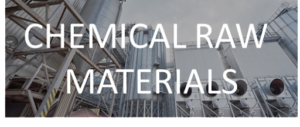
Soda ash has long been recognized as a source of sodium ions. Many inorganic chemicals' solubility and reactivity in water are also aided by it. As a result, it is a key raw material in the synthesis of sodium phosphates, sodium silicates, chrome compounds, and photographic chemicals at a low cost. It's also used to make sodium bicarbonate (baking soda), a key chemical in the beverage, coatings, detergents, food, dialysis, and personal care industries.
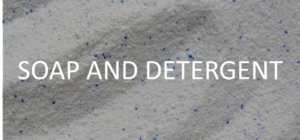
Soda ash prevents hard water from combining with detergent, allowing for more even cleaning agent distribution during the wash cycle. Soda ash can also be used to remove stains from garments caused by alcohol and grease.
In detergents, medium density or lighter grades of soda ash are typically employed. The products work as a builder in soap, detergent, and other cleaning chemical formulas, preparing wash water to obtain the best level of soil removal. Soda ash provides additional benefits by assisting agglomeration, acting as a surfactant carrier, and serving as an alkali source for pH correction. Soda ash is found in a variety of formulated household items, such as soaps, scouring powders, soaking and washing powders, and so on. 
To enhance the pH (alkalinity) of the reaction, soda ash Light is used in dyeing cotton and other cellulose fibres such as linen, rayon, tencel, or hemp. The optimal pH varies depending on the fiber and dye color. Soda ash alters the pH of the fibre-reactive dye and the cellulose fibre, causing the dye to react with the fibre and form a permanent bond with it.
Specifications - TDS & MSDS
Soda Ash Light TDS - 99% MIN
Soda Ash Light TDS - 85% MIN
 TDS – SAL – CZECH REPUBLIC ORIGIN
TDS – SAL – CZECH REPUBLIC ORIGIN
Soda Ash Light MSDS


